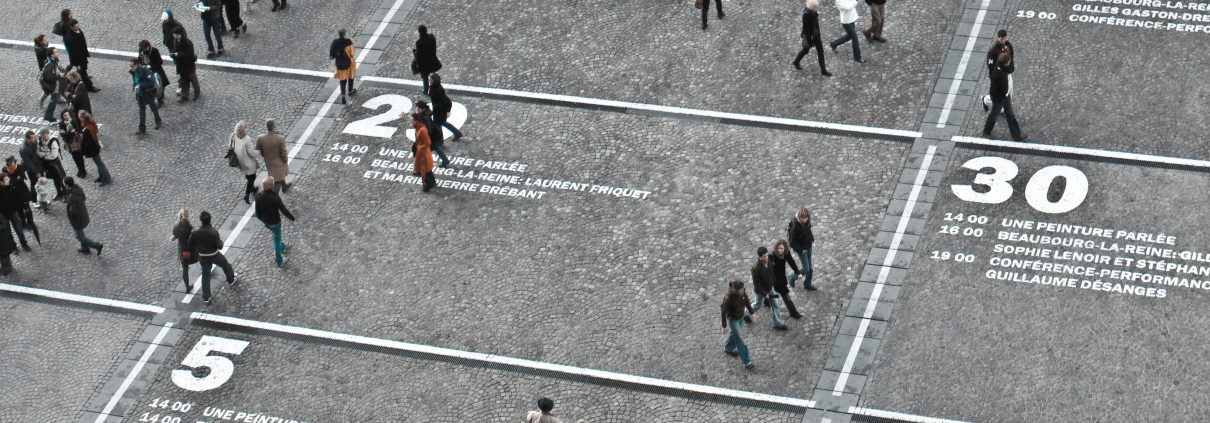The Jewish Calendar and the Collective Nervous System
A Trauma Treatment Perspective on the Jewish Calendar
Kabalah posits that we experience reality on 3 planes: space, time and soul. It therefore follows that internal human states and processes (soul) will be mirrored in the yearly calendar (time).
The major 7 day holiday of Sukot is situated at the exact opposite end of the Jewish calendar from the other 7 day major Jewish holiday – Passover.
Where is God from the Spring through the early fall? Similarly, where is God from the early fall through the Spring? On each side of these 2 holidays there is a six month gap. What happens during this time? Looking at this experience through an attachment lens, this is a more challenging period. It is a time ridden with the threat of isolation and disconnection. Yes, there is the weekly Shabbat, essential to Jewish survival on the weekly dimension of existence, but, as the seasons change and the months turn into a year, we crave longer periods of intimacy with the divine.
An insight into this unique pattern of time can possibly be informed by Dr. Steven Porges’ Polyvagal theory; an increasingly popular approach that is used in the treatment of trauma. This theory describes the ongoing shift within our autonomic nervous system from safe, social connection (“parasympathetic ventral vagal state”) to aroused “fight or flight” (“sympathetic”) to complete protective shutdown (“parasympathetic dorsal vagal state”) as we seek survival as individuals in a fragmented and often hostile environment.
If we look at the Jewish calendar through this lens we see that the poles of the Jewish year – Passover on one end and Sukot on the other – are collective, national times of parasympathetic “ventral vagal” connection with God. During this time, we know God and God knows us and the deep embrace of each of these time periods reminds us that we can trust that we are in good hands; never alone in this human experience.
But, what happens in the intervening 6 months? During this lonelier time we enter the more activated mode of the sympathetic nervous system. At the extreme this system is utilized to fight or flee from danger, but it is also the source of just enough stress and energy to “do something”, contribute, and create change. This mode is necessary for action but if it extends for too long, it can overwhelm the system and lead to burn out. Further, without an exit, traumatic symptoms begin emerge.
According to Polyvagal theory, the health of our nervous system is dependent on the ability to flexibly move back and forth between the connected, safe, socially engaged stated of the parasympathetic nervous system to the motivationally activated state of the sympathetic nervous system, and back again. Similarly, just as we are about to “burn out” and become flooded with too much needing to “do”, the Jewish calendar comes to our rescue and gives us Sukot on one end and Passover on the other.
On the Passover end is the intimate reassurance that God can be trusted to reach out to us, redeem us from the oppression of exile and provide for our national needs on both a physical (think – manna from heaven) and spiritual (think – Torah) level. On the Sukot end is our reaching out to God, leaving the safety and comfort of our homes and material trappings for flimsy huts and proclaiming that He alone is our true source of security in this world.
At each end of the calendar, these 7 day biblically mandated periods of rest, rejuvenation and divine connection take us out of the activated state of our collective sympathetic nervous system and into the ventral vagal relationship safety of the parasympathetic nervous system.
As it is within (soul), God provides us with a similarly tailored experience in time. The goal, to keep us in the “sweet spot” of our individual and collective nervous system, moving fluidly back and forth between the states of “being” and “doing”.




